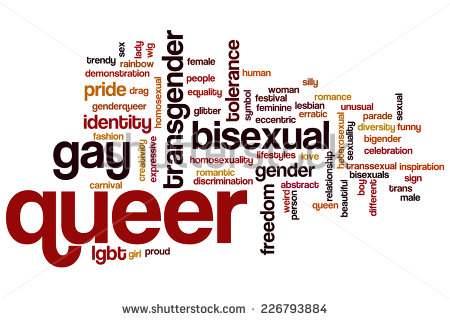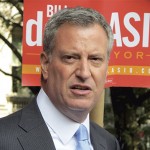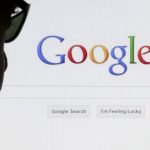Media is one of the last battlegrounds for social equality. Gays, lesbians, and now transgendered men and women like Chaz Bono and Laverne Cox are making headway for equal representation on TV. However, it seems like the Q in LGBTQ may be the key to ending oppression. Queers embrace a fluid sexuality. Their love and sexual interests are not defined by their partner’s gender. As more queer characters appear on television, they not only showcase same-sex couples but also make same-sex attraction less taboo. It becomes less an issue of politics or someone’s fundamental identity and more just someone’s sexual interests.
Gay and lesbian characters on television often include straight actors playing stereotypes. “Will & Grace” had gay characters including over-the-top Jack played by out actor Sean Hayes and seemingly non-sexual Will played by straight actor Eric McCormack. Both of their personalities are defined by being “gay.” Gay sex is used for punchlines rather than integrated into their lives. This can be problematic because it does help introduce people to what some gay men may be like, but also emphasizes how different they are. We can’t establish equality if we are highlighting our differences.
Read more: WILD NASDAQ LAWYER EDWARD KNIGHT VOWS TO NUKE SEC CHAIR MARY JO WHITE
Their sexuality also becomes such a fundamental characteristic of who they are. This may be why it was so tough to swallow Hayes as a gay, single father on the now cancelled “Sean Saves the World.”
The popular British sci-fi series “Torchwood” introduces Captain Jack Harkness (John Barrowman), an immortal alien from the future who is an equal opportunity lothario. He has sex with men, women and aliens without making a defining statement about his sexuality. Captain James Kirk in the “Star Trek” franchise is known for sleeping with various alien species. What’s wrong with sleeping with people, or aliens, of the same gender? This “Dr. Who” spin-off features multiple main characters having same-sex experiences. In the first episode, Dr. Ian Harper (Burn Gorman) uses a love potion on a woman, but her jealous boyfriend shows up. He uses it on him too and they all go home together. Toshiko Sato (Naoko Mori) and Ianto Jones (Gareth David-Lloyd) also have relationships with both men and women. By establishing a fluid sexuality on the series the audience focuses more on the characters and relationships. Ironically, by de-focusing on same-sex relationships it makes them more equal to heterosexual ones.
Since “Torchwood,” there have been queer characters cropping up on this side of the pond. Nolan Ross (Gabriel Mann) on “Revenge” has relationships with men and women. He even has a love triangle between a female co-worker and a male ex. Angela Montenegro (Michaela Conlin) on “Bones” has a major relationship with a woman before she married her husband. These representations are important in establishing that anyone can have a same-sex attraction. People often forget that the famous Kinsey scale has an entire spectrum of sexualities rather than just gay and straight. Both characters fight against being pigeonholed with labels. Labels can be great for putting a name to feelings but they can also reinforce the binary structure that pits people against each other. They don’t leave room for feelings outside that label. What if you’re a gay man that loves women or a woman that loves transgendered men?
Read more: U.S. Government Worker Trapped in a Chinese Spy ‘Love Affair’
Cable television and streaming channels like Netflix take queer representation further because they get less pressure from advertisers. Piper Chapman (Taylor Schilling) on “Orange Is the New Black” struggles between her feelings for her fiancé, a man, and her messy relationship with her ex, a woman. Her issues aren’t with her sexual orientation but with her feelings for two people at the same time. On “House of Lies,” the main protagonist’s son, Roscoe Kaan (Donis Leonard Jr.), explores sexual and gender queerness. He plays baseball and likes to wear lipstick. He’s involved in a relationship with Lex, who is a female-to-male transgendered boy. Roscoe shows cable audiences that there are a myriad of sexual and gender identities beyond gay and straight and male and female. He helps give a voice to people who do not feel they fit into these restrictive labels.
Bear in mind, queer representations are not “better” than, or preferred, over gay or lesbian characters. There should be a spectrum of all the colors of the rainbow flag. However, we’re trapped in a two-party sexuality system. On the far right, outspoken conservative heterosexuals, or so they claim, attack same-sex relationships verbally and sometimes physically. On the far left, gays and lesbian activists fight for equality but often ignore the other people in the community. We just need to integrate. We are all people who like to get freaky behind closed doors, except for asexuals — not that there’s anything wrong with that. Two men holding hands or two women getting married shouldn’t be an issue of national importance, just something we get used to seeing. Luckily, television is helping that happen.






